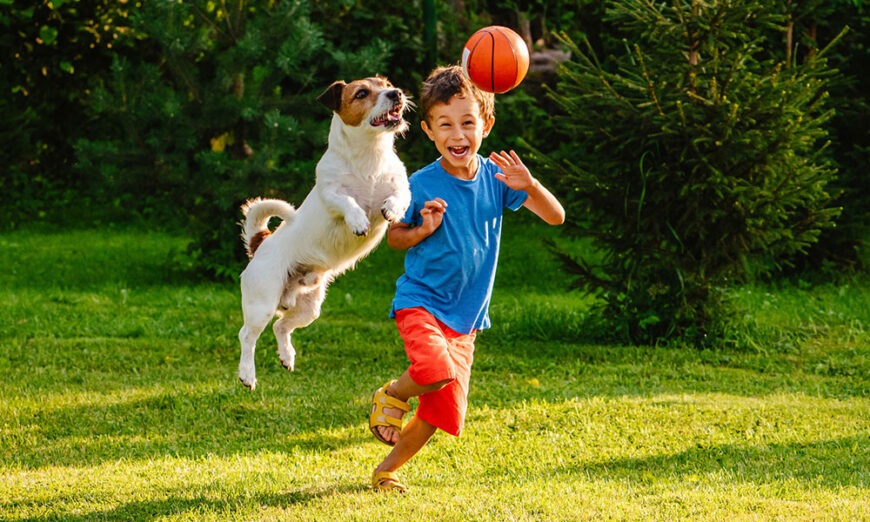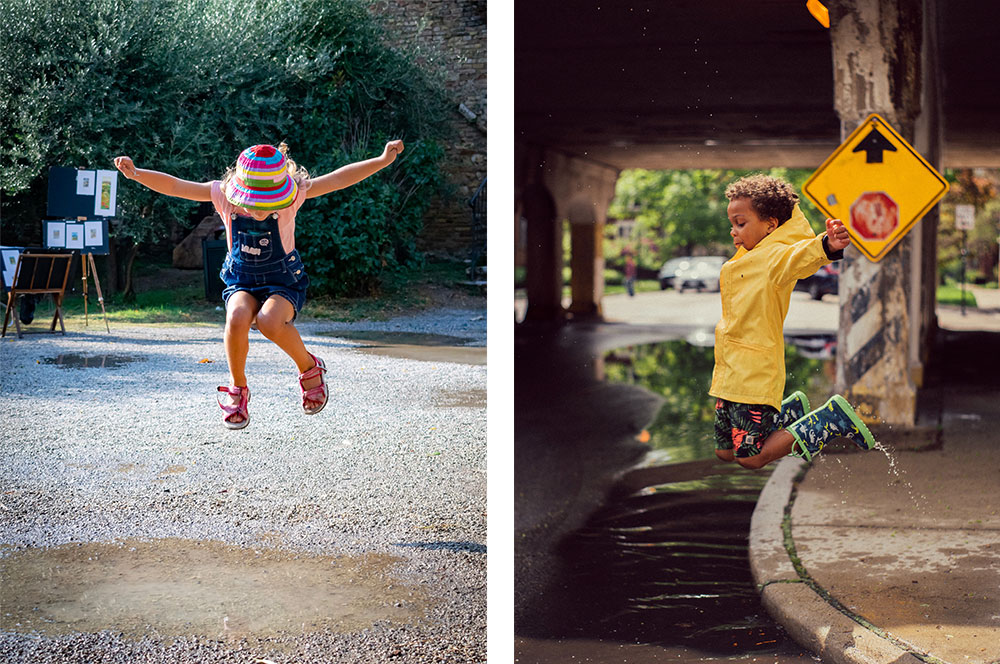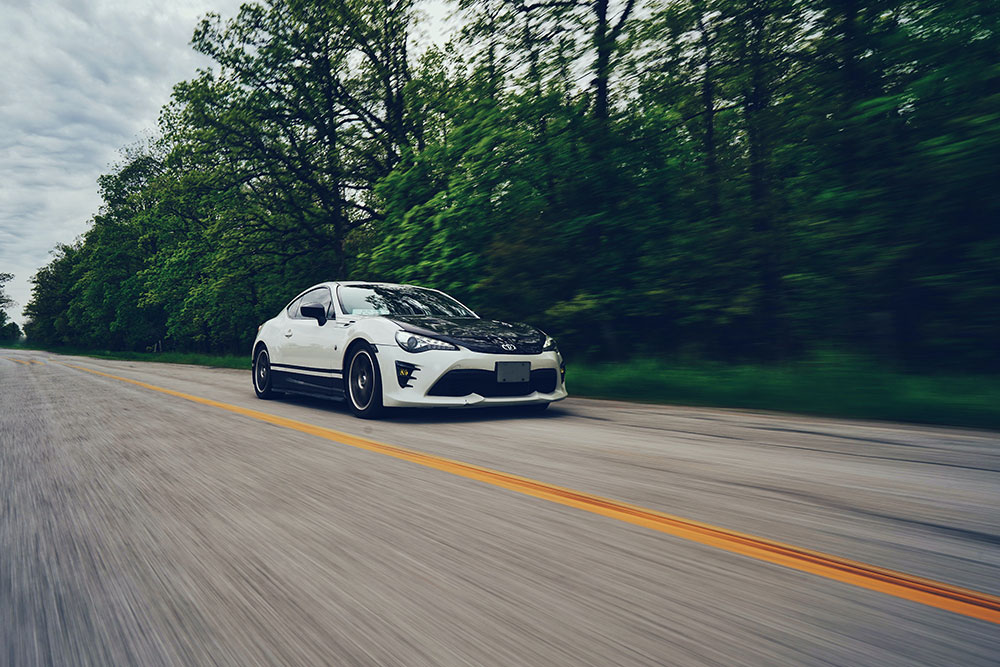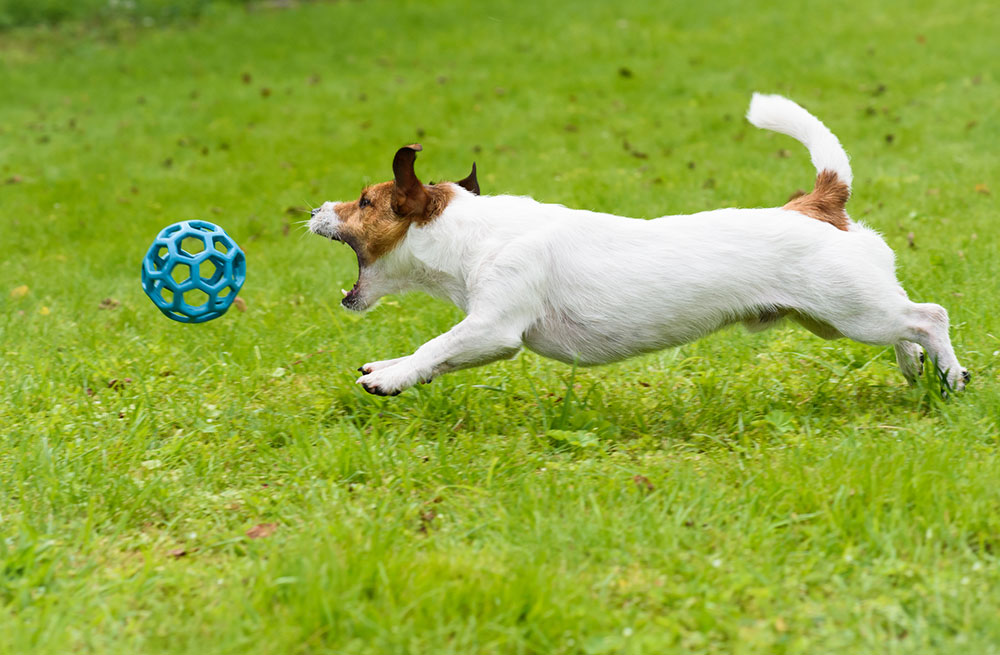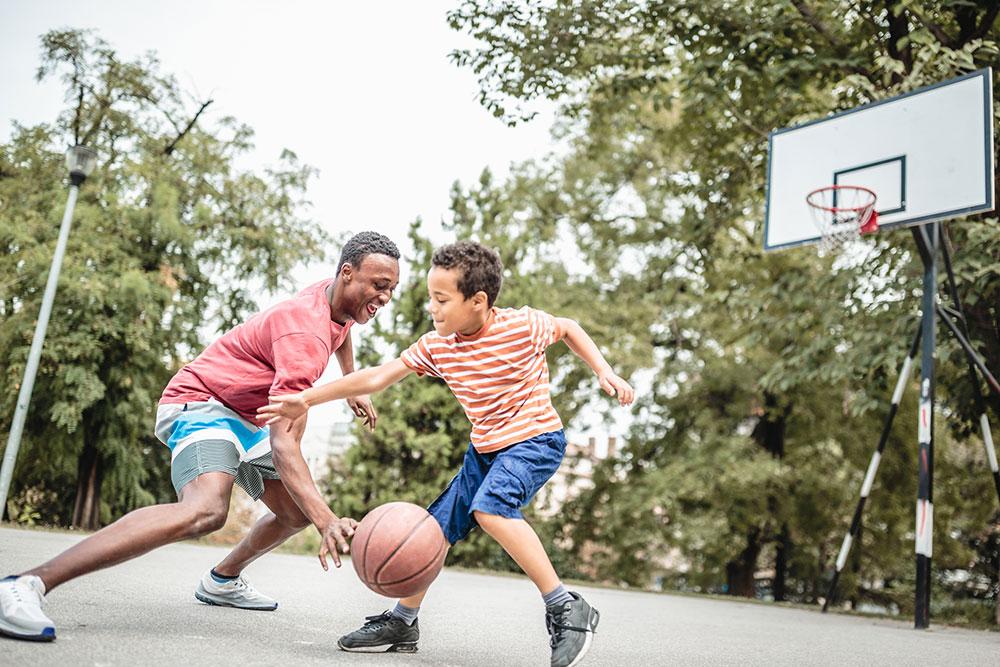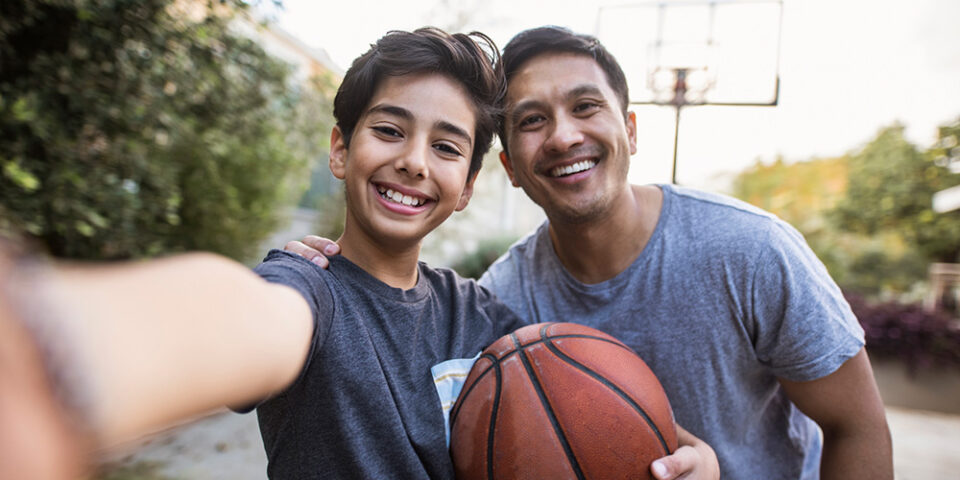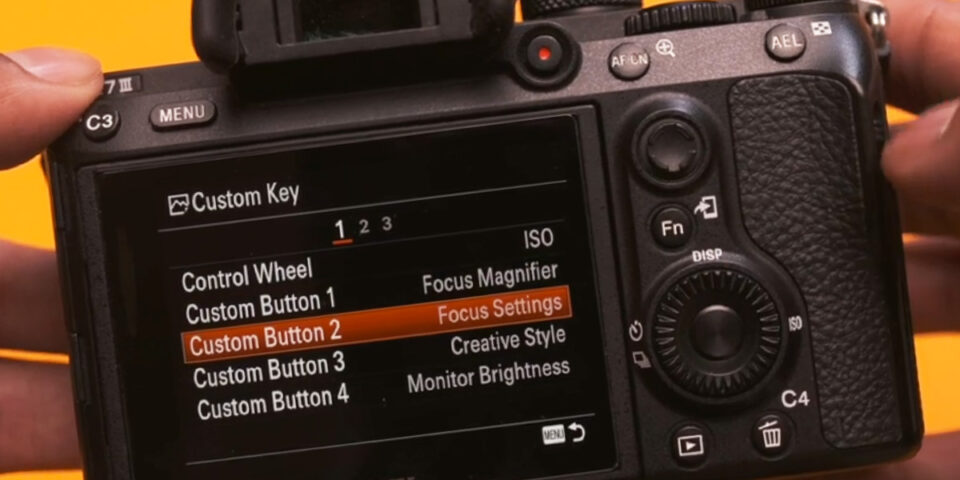The end of May typically means warmer weather, and more time spent outside being active. Fingers crossed, that means we can start practicing our action photography, as well!
Even though we may be limited to our backyards and local parks as we wait for organized sports and activities to return, that doesn’t mean we can’t take action shots — we might just have to look a little closer to our regular routines, as there is lots of action all around us. Whether it’s kids and pets playing and running in the backyard, cars driving by on the road, or cyclists on closed-down city streets, we can find opportunities for action shots to be taken all around us.
Here are four ways you can practice right now as an action photography ‘warm-up’ to brush up on your action shooting skills while we wait for organized activities to return! And if you’re worried you don’t have the right gear, we’ll offer some recommendations for new equipment that will help make your action photography workouts even more effective.
1. Experiment with Shutter Speed
A fast shutter speed, such as 1/1000 of a second, can “freeze” action shots, capturing specific moments and scenes that would otherwise be moving too fast to catch. The problem with this is that they can sometimes appear too frozen — and come out looking static and lifeless.
Take this time with your pets and kids experimenting with your shutter speed. Reducing the shutter speed, such as to 1/15 of a second, will allow some blurriness into the scene, which will give your shot a sense of motion and movement, bringing the moment to life in a much more natural way.
One tip to remember: If you’re playing with shutter speed, be sure to adjust your ISO to compensate. A higher shutter speed requires a higher ISO number. This is because the faster the shutter speed, the less time the image sensor is exposed to light, and thus you would need to increase ISO to increase light sensitivity. (And a lower shutter speed would require a lower ISO number because the image sensor would be exposed to light for a longer time.)
2. Get Moving!
Beyond reducing shutter speed, another way to bring movement to your shots is to actually move your camera along with your moving subject. In other words: while your dog is chasing after a ball, don’t just hold the camera still while you snap photos of him — actually pan the camera parallel to his movement.
Whether you’re shooting sports or wildlife, this is a skill that can really bring your shots to life. It can help showcase a basketball player moving rapidly against the crowd in the background, or a bird racing against the trees.
It can take a lot of practice to get right. Some trial and error is to be expected, especially with how fast to pan your camera and how to keep it steady, which brings us to our next tip.
3. Keeping it Steady
While you want some blur in your action shots to indicate movement, you certainly don’t want the entire image to be blurry. This is a particular risk if you’re zooming in over distance, or shooting in low light; and while it may not be a concern when snapping photos of your kids playing in the backyard, it’s something you’ll want to practice for when they’re running on the far side of the soccer field, or on the opposite side of the rink in a dark hockey arena!
A tripod always helps reduce shakiness, but may not be practical for action shots. The good news is, learning how to stand the right way can make a huge difference.
Lowering your centre of gravity increases balance and stability in sport, and can do the same when you are trying to stabilize your shots! To reduce any motion in your camera while you shoot, keep your legs shoulder-width apart, or slightly wider, for balance; keep your elbows close together, against your body; and try to keep your spine neutral (don’t lean forward or backwards).
Altogether, this will help to keep your centre of gravity in the middle, and lower to the ground, which will help you keep still. (You should also avoid drinking too much coffee right before you shoot!) You could also try getting even lower to the ground by stooping down, which will also give a different perspective of the action.
On top of this, a camera and/or a lens with image stabilization is definitely helpful. Even at slow shutter speeds and tight zoom distances, image stabilization will help reduce any blurriness brought on by slight camera movements.
4. Pay Attention to Framing
If you’re zooming in on action that’s far away, it can be tempting to allow your subject — whether it’s a kid or a dog or a pro athlete — dominate the frame. But remember that your photos, including your action shots, tell a story. Be sure to allow enough room in the frame so that action can be placed into context. This might mean allowing enough background info to indicate whether your kids are in the backyard or a park, or whether your puppy is in the off-leash park or on the sidewalk. When it comes to sports, it can tell the audience whether a player is on a breakaway all alone, or whether they have a defender to beat between them and the goal.
And just to bring everything back to the beginning, the framing and background blur form an important combination. If you frame your picture correctly, but don’t blur the background enough, it can be too busy. If you blur the background the right amount, but crop the image too close, you lose the context. Experiment with the methods, distances, and angles until you have achieved a level of comfort that tells you when you’re in the right spot to capture the perfect action photo!
Gear up for Success
You don’t need the latest and greatest gear to practice your action photography, but if you’re looking to invest in some new equipment, the following recommendations will help you produce stunning action shots without breaking the bank.
Great Cameras for Action Photography
A good action camera should offer a combination of fast shutter speeds, a good ISO range, and a fast and accurate autofocus system. A good burst mode and effective image stabilization are also useful!
The following models fit the bill:
- Sony A7 III: A 24MP full-frame mirrorless model with 693-point autofocus system, shutter speed range of 1/8000 to 30 seconds, and ISO sensitivity range of 100-51200.
- Fujifilm XT3: A 26MP APS-C mirrorless model with 2.16m-point phase-detection autofocus, mechanical shutter speed of 1/8000 to 900 seconds, and 160 to 12800 ISO range.
- Nikon Z50: A 21MP APS-C (DX) mirrorless with shutter speed range of 1/84000 to 30 seconds, ISO sensitivity range of 100-51200 and 209-point hybrid autofocus.
The Best Lenses for Action Photography
When it comes to lenses, your kit lens (18-55mm zoom) is a great start. It can help you practice in the backyard by giving you some room to zoom, without getting too far away.
To add some more distance to your shots, consider adding a medium zoom, in the 55-200mm zoom range, with image stabilization. Here are a few models to pair with our body recommendations:
- Sony FE 70-200MM F4.0 G OSS Lens
- Fujinon XF 50-140MM F2.8 R LM WR Lens
- Nikkor Z DX 50-250F/4.5-6.3 VR Lens
Start Working on Your Action Shots Today
Live sports and organized activities may be on hold, but that doesn’t mean we can’t find action to shoot, even if it’s in our own backyards. It’s the perfect time to practice and hone our action photography skills to capture those big moments — and ensure we’re ready for when sports do come back.
What’s Next:
- Learn about Henry’s Price Promise
- Learn about Henry’s Trade-and-Upgrade Program
- Protect your purchase with Henry’s Extended Life Plan
